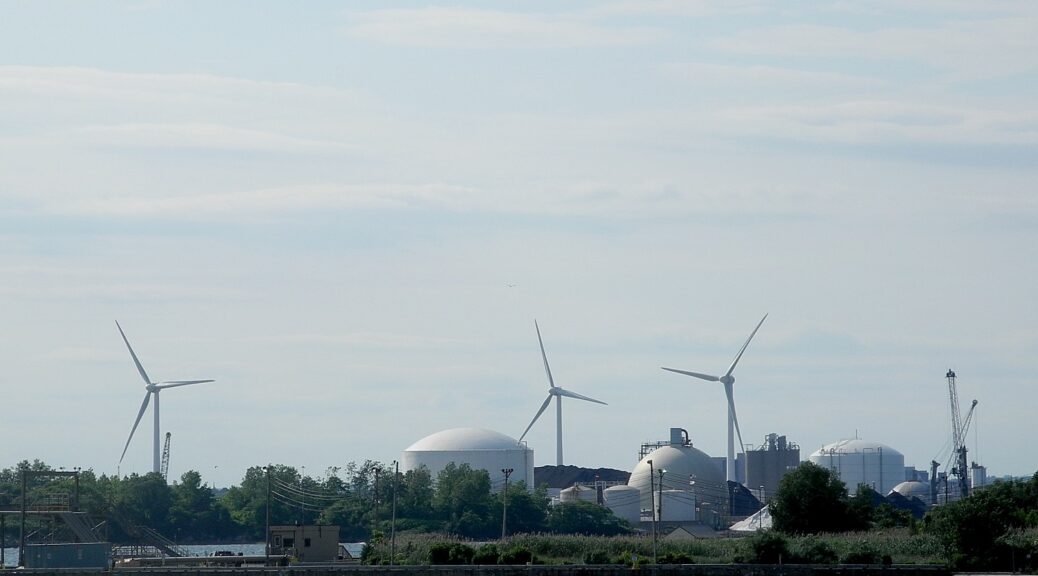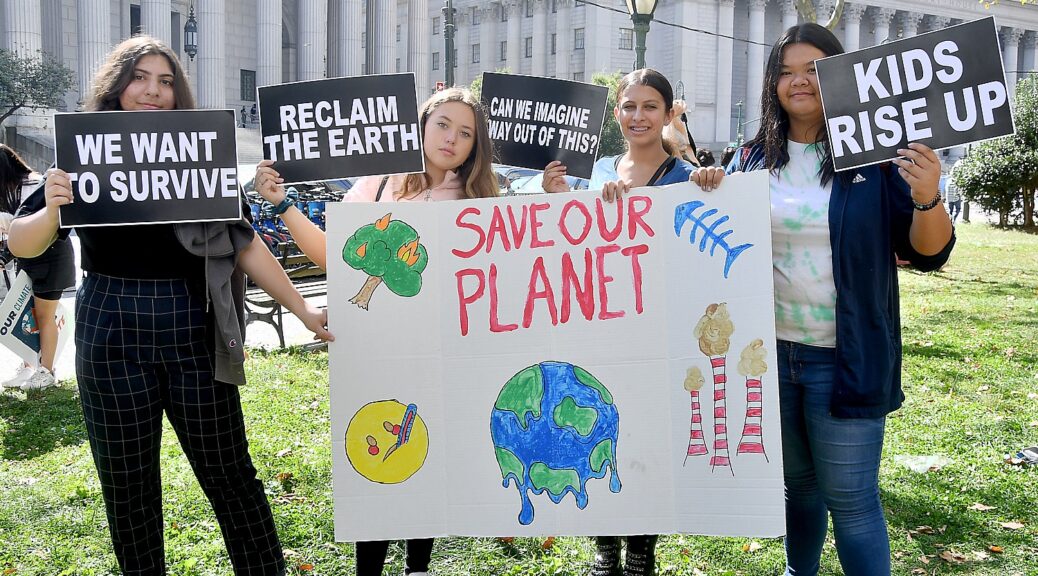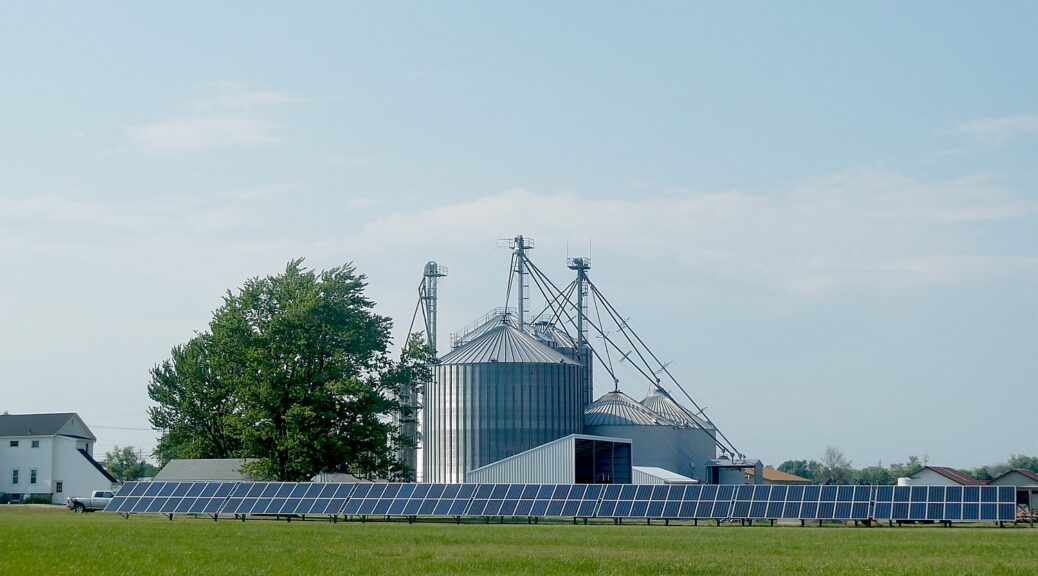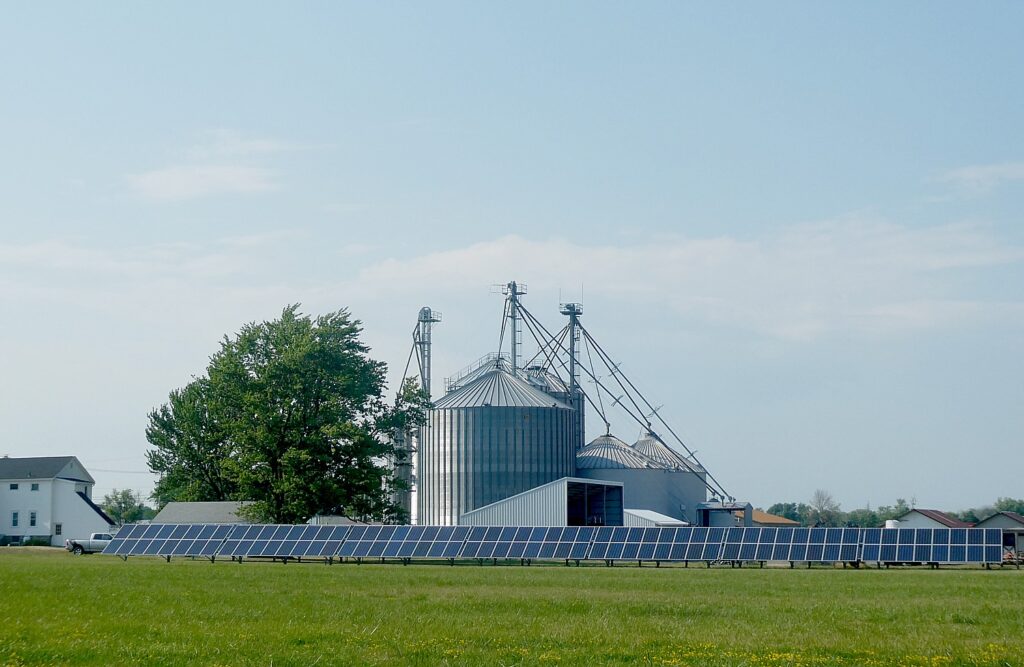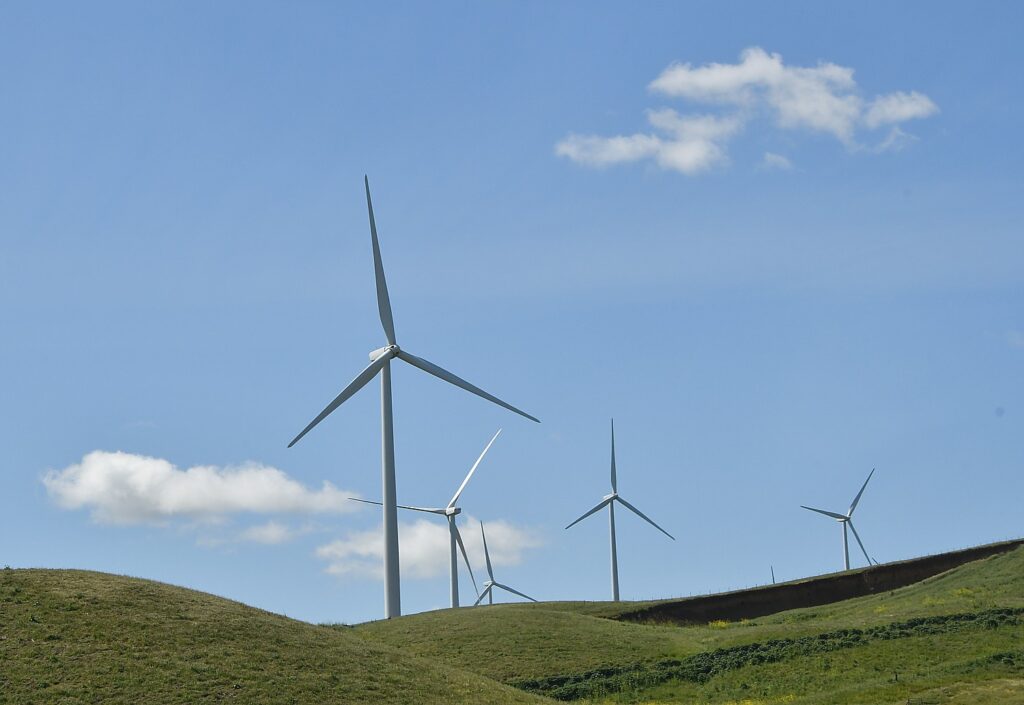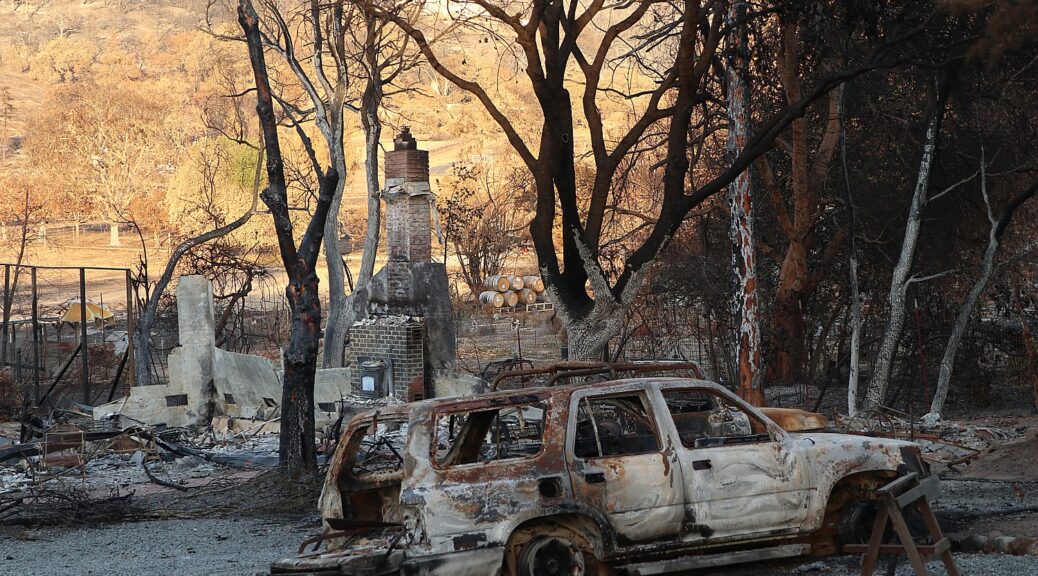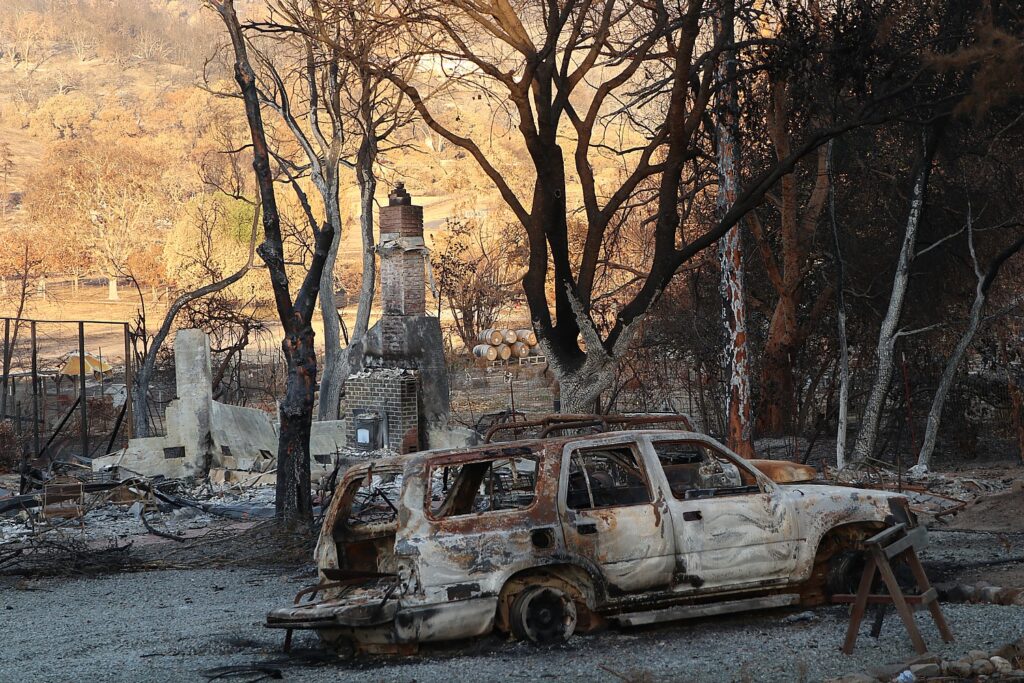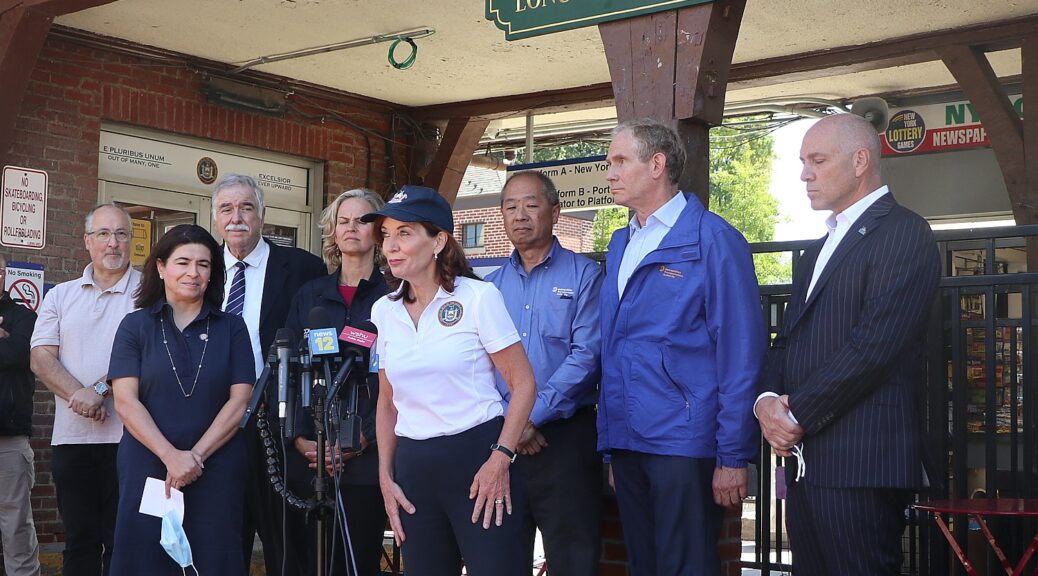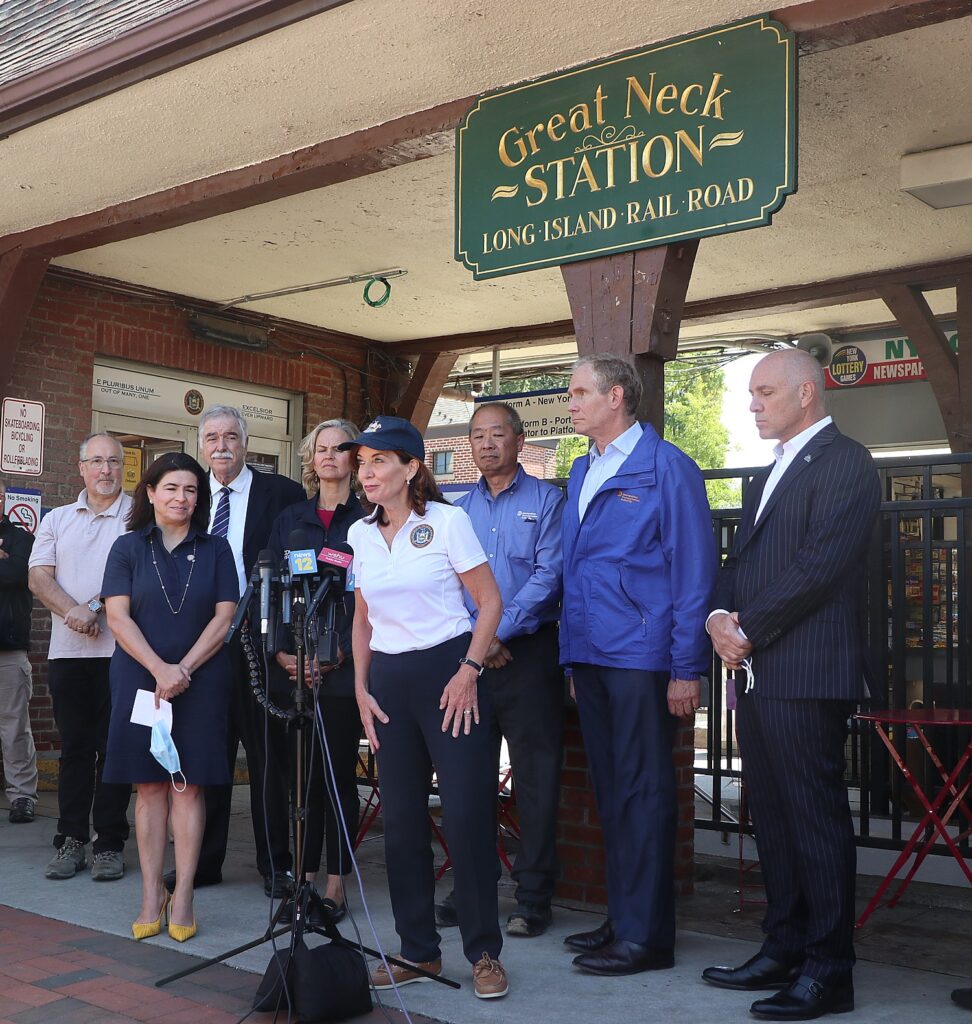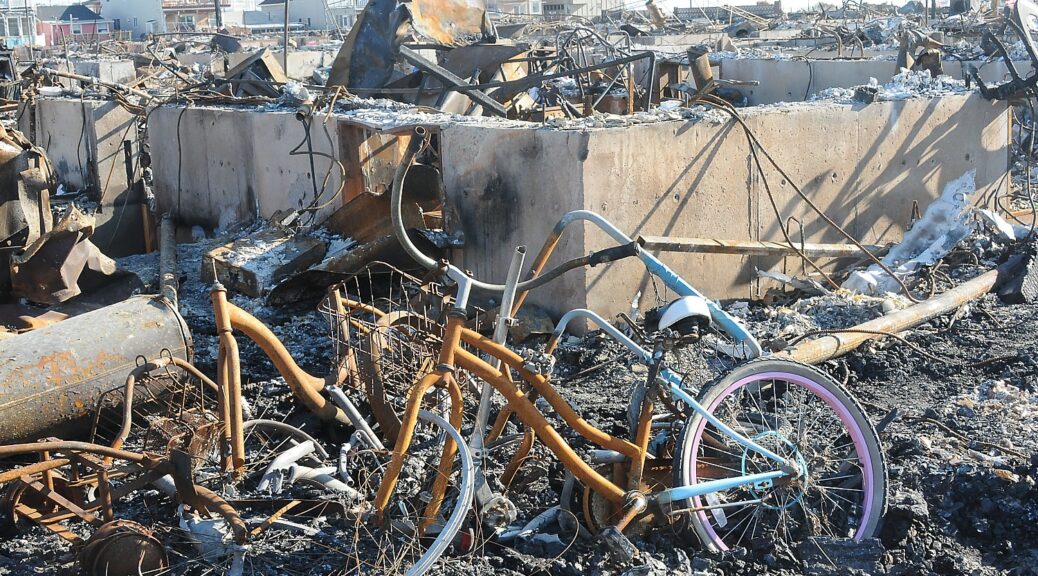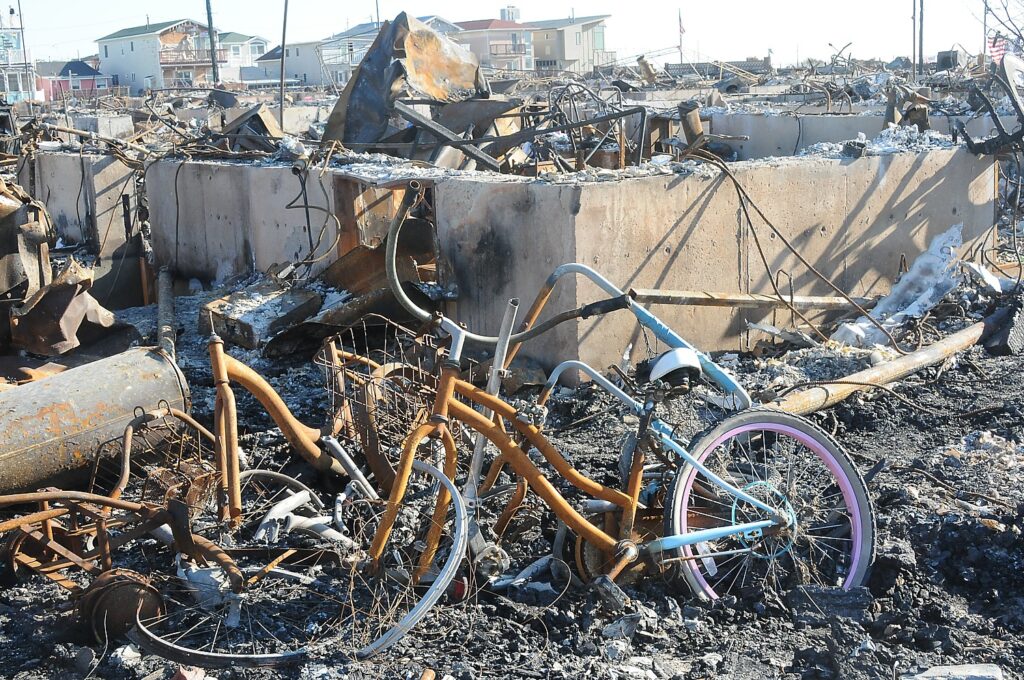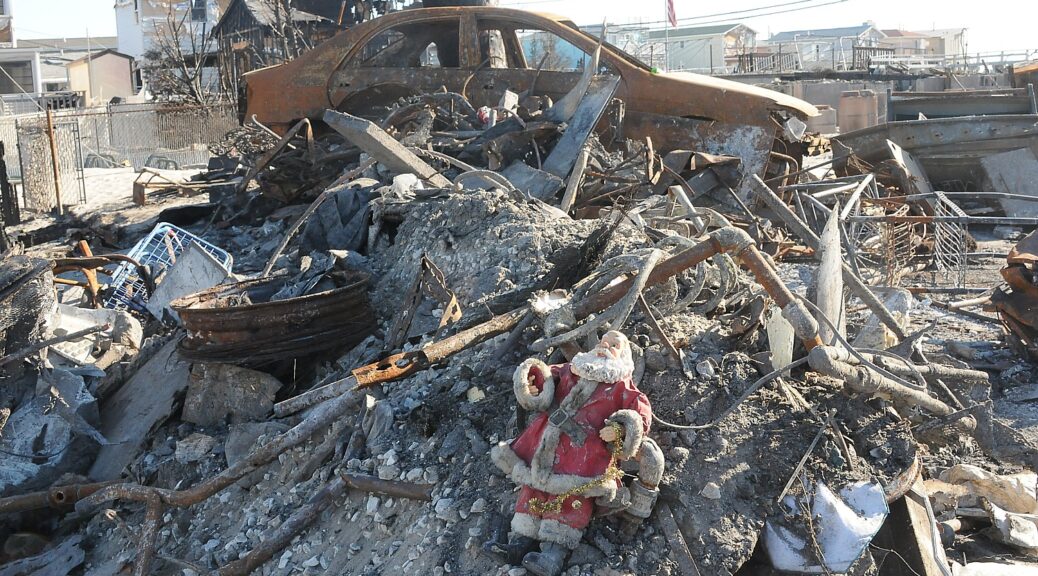
U.S. Government Will Lead by Example to Leverage Scale and Procurement Power to Drive Clean, Healthy, and Resilient Operations
Today, President Biden signed an executive order that demonstrates how the United States will leverage its scale and procurement power to lead by example in tackling the climate crisis. The executive order will reduce emissions across federal operations, invest in American clean energy industries and manufacturing, and create clean, healthy, and resilient communities. The President is building on his whole-of-government effort to tackle the climate crisis in a way that creates well-paying jobs, grows industries, and makes the country more economically competitive.
The President’s executive order directs the federal government to use its scale and procurement power to achieve five ambitious goals:
- 100 percent carbon pollution-free electricity (CFE) by 2030, at least half of which will be locally supplied clean energy to meet 24/7 demand;
- 100 percent zero-emission vehicle (ZEV) acquisitions by 2035, including 100 percent zero-emission light-duty vehicle acquisitions by 2027;
- Net-zero emissions from federal procurement no later than 2050, including a Buy Clean policy to promote use of construction materials with lower embodied emissions;
- A net-zero emissions building portfolio by 2045, including a 50 percent emissions reduction by 2032; and
- Net-zero emissions from overall federal operations by 2050, including a 65 percent emissions reduction by 2030.
In addition to the five new commitments that form the pillars of today’s executive action, the President also directed the federal government to orient its procurement and operations efforts in line with the following principles and goals:
- Achieving climate resilient infrastructure and operations;
- Building a climate- and sustainability-focused workforce;
- Advancing environmental justice and equity;
- Prioritizing the purchase of sustainable products, such as products without added perfluoroalkyl or polyfluoroalkyl substances (PFAS); and
- Accelerating progress through domestic and international partnerships.
Today’s executive action is a part of the President’s broader commitment to increasing investments in America’s manufacturing industries and workers to build back our country better. By transforming how the federal government builds, buys, and manages its assets and operations, the federal government will support the growth of America’s clean energy and clean technology industries, while accelerating America’s progress toward achieving a carbon pollution-free electricity sector by 2035.
President Biden’s executive order demonstrates how the United States government will lead by example to provide a strong foundation for American businesses to compete and win globally in the clean energy economy while creating well paying, union jobs at home. Today’s executive action further reinforces the President’s directive to Buy American and ensure that equity and environmental justice are key considerations in federal operations planning and decision making.
The White House also released a detailed description of this plan: The Federal Sustainability Plan: Catalyzing America’s Clean Energy Industries and Creating Jobs Through Federal Sustainability.
Together, the President’s Bipartisan Infrastructure Law, Budget for Fiscal Year 2022, and Build Back Better Act will provide agencies with the funding necessary to achieve the goals of the executive order.
Catalyzing America’s Clean Energy Industries and Jobs through Federal Sustainability Executive Order
Through this executive order, the federal government will transform its portfolio of 300,000 buildings, fleet of 600,000 cars and trucks, and annual purchasing power of $650 billion in goods and services to:
- Transition federal infrastructure to zero-emission vehicles and buildings powered by carbon pollution-free electricity, which will reduce the federal government’s greenhouse gas emissions by 65 percent by 2030 and achieve net-zero emissions by 2050.
- Make federal agencies more adaptive and resilient to the impacts of climate change, and increase the sustainability of federal supply chains, achieving net-zero emissions from federal procurement by 2050.
- Mainstream sustainability within the federal workforce, advance equity and environmental justice, and leverage partnerships to accelerate progress.
Transition federal infrastructure to zero-emission vehicles and energy efficient buildings powered by carbon pollution-free electricity:
- Achieve 100 percent carbon pollution-free electricity use by 2030, including 50 percent on a 24/7 basis. The federal government will work with utilities, developers, technology firms, financiers and others to purchase electricity produced from resources that generate no carbon emissions, including solar and wind, for all its operations by 2030. Half of the federal government’s 100 percent carbon pollution-free annual electricity demand will be procured on a 24/7 basis, meaning that the federal government’s real-time demand for electricity will be met with clean energy every hour, every day, and produced within the same regional grid where the electricity is consumed. With the scope and scale of this electricity demand, the federal government expects it will catalyze the development of at least 10 gigawatts of new American clean electricity production by 2030, spurring the creation of new union jobs and moving the country closer to achieving a carbon pollution-free electricity sector by 2035.
- Transition to 100 percent acquisition of zero-emission vehicles by 2035 for the federal vehicle fleet, including 100 percent light duty vehicle acquisition by 2027. The federal government will work with American vehicle, battery, and charging equipment manufacturers and installers to transform its fleet into the largest zero-emission vehicle fleet in the Nation, reaching 100 percent zero-emission vehicle acquisitions by 2035. This will accelerate the advancement of America’s industrial capacity to supply zero-emission vehicles and electric vehicle batteries and create and sustain good union jobs in manufacturing, engineering, and skilled-trades.
- Modernize the federal buildings portfolio to reach net-zero emissions by 2045, including a 50 percent reduction in building emissions by 2032. The federal government will work across existing real property and during new building construction and major renovations to increase water and energy efficiency, reduce waste, electrify systems, and promote sustainable locations for federal facilities to strengthen the vitality and livability of the communities in which federal facilities are located. Additionally, the Biden-Harris Administration will implement the first-ever Federal Building Performance Standard, and will use performance contracting to improve buildings with no up-front costs.
Make federal agencies more adaptive and resilient to the impacts of climate change, and increase the sustainability of federal supply chains, achieving net-zero emissions from federal procurement by 2050.
- Make federal agencies more adaptive and resilient to the impacts of climate change. The intensifying impacts of climate change present physical, operational, and financial risks to federal infrastructure, agency missions, and our services to the American people. Agencies will implement the actions identified through their October 7, 2021, Climate Adaptation and Resilience Plans and modernize federal policy, programs, operations, and infrastructure to support climate resilience investment. By taking action now to better manage and mitigate climate risks, we will minimize future disruptions and destruction to federal operations, assets, and programs and ensure the federal government can continue providing critical services to the Nation.
- Increase the sustainability of federal supply chains, achieving net-zero emissions from federal procurement by 2050. The companies that supply the federal government are critical partners in achieving our climate goals and growing the economy and American jobs. Cutting emissions from the federal government’s procurement also means buying materials with a lower carbon footprint. The federal government will launch a “buy clean” initiative for low-carbon materials and prioritize the purchase of sustainable products, such as products without added perfluoroalkyl or polyfluoroalkyl substances (PFAS). Through these actions, the federal government will provide a large and stable signal to the market for sustainable and low-carbon goods made in America, advancing America’s industrial capacity to supply the goods and materials of the future while growing good jobs for American workers.
Mainstream sustainability within the federal workforce, advance equity and environmental justice, and leverage partnerships to accelerate progress.
- Mainstream sustainability within the federal workforce. The federal government’s 4.2 million employees are critical stakeholders and leaders in the shift to sustainable and resilient operations. The federal government will build capacity through engagement, education, and training so that federal workers are ready to embed sustainability, climate adaptation, and environmental stewardship analysis and action in their jobs as we work to Build Back Better.
- Advance equity and environmental justice. The federal government will advance the goals of the Administration’s Justice40 Initiative by ensuring that economic equity and environmental justice are key considerations in operations planning and decision making. A federal environmental justice representative will serve on the newly established Chief Sustainability Officer Council. To incorporate equity, agencies will implement this executive order consistent with the President’s Executive Order on Advancing Racial Equity and Support for Underserved Communities Through the Federal Government, which helps ensure that government contracting and procurement opportunities are available on an equal basis.
- Leverage partnerships to accelerate progress. Collaboration with leading American unions, businesses, States, Tribes, municipalities, and other countries will accelerate progress and catalyze greater climate action at home and abroad. The federal government will build upon its newly launched Greening Government Initiative, which convenes governments around the world to collaborate on greening government operations. Further, the Administration will launch a Presidential Sustainability Executives Program, placing senior leaders from the private and non-profit sectors to serve across the federal government, bringing innovative perspectives and critical expertise to achieve these ambitious, and imperative, sustainability and climate preparedness goals.
Actions Agencies are Taking to Meet the Goals of the Sustainability Executive Order
Across the federal government, agencies are moving expeditiously to meet the President’s call for action and are positioned to meet the ambitious goals of his executive order and Federal Sustainability Plan. Highlights are included below:
100 percent CFE by 2030, including 50 percent on a 24/7 Basis
- In 2022, the Department of Defense’s (DOD) Edwards Air Force Base in California will add 520 megawatts (MW) of CFE to the grid by completing one of the country’s largest solar photovoltaic (PV) array projects and in the process creating more than 1,000 union and other construction jobs.
- In 2022, DOD’s Pacific Missile Range Facility in Hawaii will complete construction of the nation’s largest 100 percent clean energy microgrid. By leveraging a 14-megawatt (MW) solar facility paired with a 70 megawatt-hour (MWh) battery energy storage system sited on the base, the Pacific Missile Range Facility can become self-sufficient for all its electricity needs in the event of a loss of transmission feed from the utility grid.
100 Percent ZEV Acquisitions by 2035, including 100 percent Light-Duty ZEV Acquisitions by 2027
- In 2021, the Department of the Interior (DOI) began transitioning its fleet of U.S. Park Police lightweight motorcycles and dirt bikes to 100 percent ZEVs at its Washington, D.C., New York City, and San Francisco locations, with plans to reach a 100 ZEV fleet by 2025.
- In early 2022, the Department of Homeland Security (DHS) will begin field testing the Ford Mustang Mach-E ZEV for use in its law enforcement fleet, which currently consists of over 30,000 vehicles.
Net-Zero Emissions Buildings by 2045, including a 50 percent reduction by 2032
- In 2023, the Department of Transportation will complete its Volpe Transportation Center project that collapses six buildings into a low-emissions building with rooftop solar PV panels, ZEV charging stations for the federal fleet and employee vehicles, green and cool roof technologies, a rainwater reclamation and reuse system, and a climate-resilient above-grade data center.
- By 2022, the Department of the Treasury will have completed the majority of its energy infrastructure improvements at an Internal Revenue Service Center outside of New York City through a 17-year, $30.9 million energy savings performance contract (ESPC). The ESPC has so far delivered nearly $14 million in capital improvements and $2.2 million in annual utility bill savings. ESPCs allow federal agencies to procure energy savings and facility improvements with no up-front capital costs or special appropriations from Congress.
Net-Zero Emissions Procurement by 2050
- In 2021, DOD collected information from its suppliers on their efforts to measure and report greenhouse gas (GHG) emissions. DOD is using this information to develop low-carbon purchasing guidelines that will become part of its standard operating procedures.
- In 2022, the General Services Administration (GSA) will require contractors to disclose the embodied carbon of building materials for new building and major modernization contracts. Embodied carbon refers to the greenhouse gas emissions (mostly carbon dioxide) resulting from the mining, harvesting, processing, manufacturing, transportation, and installation of materials.
Net-Zero Emissions from overall Federal Operations by 2050, including a 65 percent reduction by 2030
- By January 2022, DOD’s Marine Corps Logistics Base Albany in Georgia anticipates achieving net-zero energy status.
Climate Resilient Infrastructure and Operations
- In 2021, more than 20 major federal agencies released plans describing how they will integrate climate-readiness across missions and programs and bolster resilience of Federal assets. For example, the Department of Housing and Urban Development (HUD) is collecting building-level data across HUD programs to map existing climate risks to help inform the Department on how to best address climate impacts and protect HUD-assisted assets and their occupants.
- DOD is integrating climate change considerations across its strategic guidance and planning documents, including the National Defense Strategy, which will be released in 2022.
Develop a Climate- and Sustainability-Focused Workforce
- The Department of State is assessing its climate and sustainability management staffing and training gaps to inform a longer-term plan that will prioritize areas of concern and greatest needs.
- In 2022, the Department of Labor will launch a new training course for its senior leadership team on climate change management considerations and environmental justice principals. The Department will also include climate change literacy in new employee orientation material.
Advance Environmental Justice and Equity
- In 2021, GSA launched an Environmental Justice and Equity Task Group to identify and propose effective approaches to improve environmental justice and equity in federal sustainable building processes, enhancing engagement with communities and key partners throughout the building lifecycle.
- In 2021, the Department of Commerce’s National Oceanic and Atmospheric Administration (NOAA) convened Climate and Equity roundtables across the country to gather feedback to inform how NOAA provides climate services, engages with underserved and vulnerable communities, and strengthens internal processes to respond to expressed needs.
- As outlined in its October 2021 Strategic Framework for Addressing Climate Change, DHS is incorporating the need to achieve equity as guiding principle through all lines of effort described in the framework.
Accelerate Progress Through Domestic and International Partnerships
- In 2021, the United States and Canada launched the Greening Government Initiative, a first-of-its-kind initiative that will enable countries to share lessons learned, promote innovation, and accelerate national efforts to green government operations and help meet Paris Agreement commitments. Today, the 39 GGI participating countries are beginning share key organizational features and policies and identify potential areas for collaboration.
- In 2020, the Department of Veterans Affairs (VA) New England’s Boston Healthcare System partnered with National Grid on a plan to transition its 70-car fleet to ZEV. Consistent with National Grid’s recommendations, VA is working with GSA to procure approximately 25 ZEVs in the 2022 acquisition cycle.

